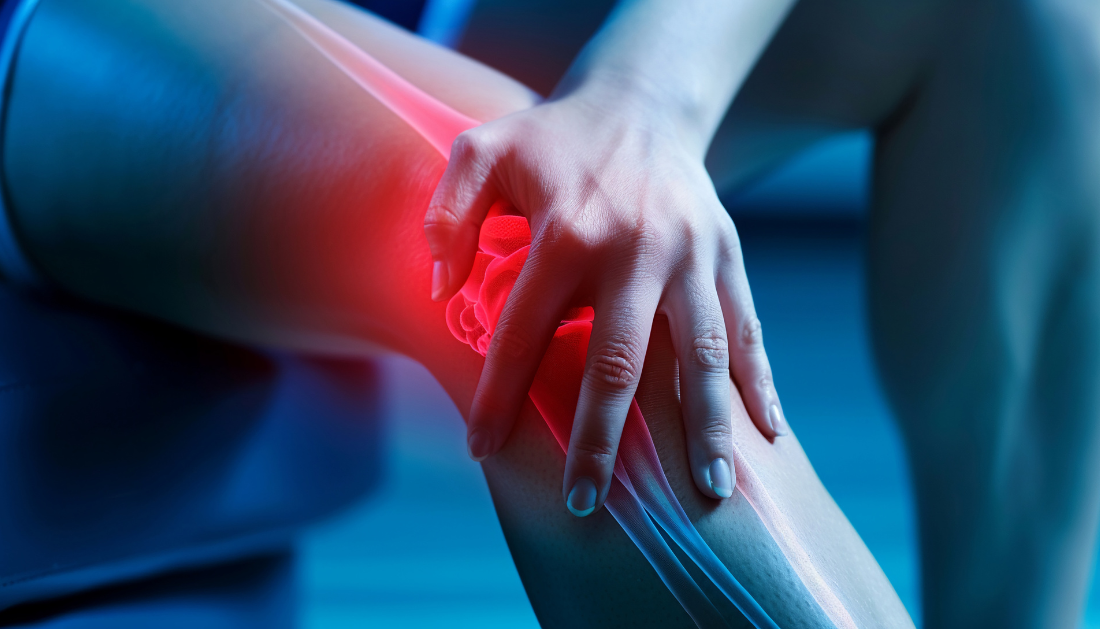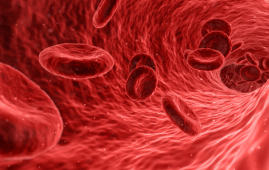

Researchers examined the relationship between incidence fractures and the makeup of the gut microbiota (GM) in the Finnish Risk Monitoring Program (FINRISK) 2002 cohort in a new study that was published in the npj Biofilms Microbiomes.
Context
One in two women and one in four men suffer from fragility fractures, which are mostly brought on by osteoporosis, a disease that produces weak bones that are prone to breaking. The main risk factor for fragility fractures is low bone mineral density (BMD).
In addition to bone mineral density (BMD), non-skeletal variables including neuromuscular control can affect fracture risk. Although GM regulates bone mass, prior research on the relationship between GM and bone health has yielded contradictory findings because of cross-sectional methods and limited sample sizes.
Additional investigation is required to elucidate the inconclusive findings of earlier studies and investigate the possible correlation between GM composition and fracture risk in a sizable, prospective cohort.
About the Study
The current study focused on Finnish citizens aged 25 to 74 who resided in one of six regions: North Karelia, Oulu, Lapland, Northern Savo, Turku and Loimaa, or Helsinki and Vantaa. Researchers used data from the FINRISK 2002 cohort for this study.
Using the National Population Information System, participants were chosen at random based on their age and gender. 13,498 people were invited, of whom 8,783 accepted. 7,231 of them offered fecal samples, and 7,102 of them had enough phenotypic information for examination.
In the end, 7,043 people were included in the analysis, after individuals with low read counts and those who were pregnant at baseline were excluded.
The baseline visits took place in early 2002, spanning three months, and all participants gave written informed consent in compliance with ethical guidelines that were authorized by the Coordinating Ethics Committee of the Helsinki University Hospital District.
Participants answered questions on their diet, level of physical activity, usage of hormone replacement treatment, and consumption of alcohol and other substances. The usage of medications was monitored, especially those that affected high-sensitive C-reactive protein and the GM.
Serum samples were used to measure (CRP). Data on fractures was gathered from Finnish medical records, emphasizing incident fractures and correcting for prior fractures. Numerous national registers were used to identify major ailments, such as diabetes, cancer, cardiovascular disease, and inflammatory bowel disease.
Fecal samples were gathered, preserved, and then sequenced for microbiome investigation. Using cutting-edge bioinformatics methods, taxonomic and functional profiling was carried out.
After correcting for different factors, statistical techniques such as Cox regression were used to evaluate the relationships between the composition of the gut microbiota and fracture risk. Multiple models were employed to account for different variables, and cautious corrections were made for multiple testing. Missing data were not imputed.
In conclusion
In summary, the relative abundance of Proteobacteria, especially Gammaproteobacteria, was associated with an increased risk of fracture, but more alpha diversity was linked to a decreased risk. On the other hand, lower fracture risk was linked to an abundance of Tenericutes. Functional investigations have shown potential mechanisms that underlie these effects and are associated with bone health.
For more information: Associations between gut microbiota and incident fractures in the FINRISK cohort, npj Biofilms Microbiomes, doi:https://doi.org/10.1038/s41522-024-00530-8
more recommended stories
 Cognitive Distraction From Conversation While Driving
Cognitive Distraction From Conversation While DrivingKey Takeaways (Quick Summary) Talking, not.
 Fat-Regulating Enzyme Offers New Target for Obesity
Fat-Regulating Enzyme Offers New Target for ObesityKey Highlights (Quick Summary) Researchers identified.
 Spatial Computing Explains How Brain Organizes Cognition
Spatial Computing Explains How Brain Organizes CognitionKey Takeaways (Quick Summary) MIT researchers.
 Gestational Diabetes Risk Identified by Blood Metabolites
Gestational Diabetes Risk Identified by Blood MetabolitesKey Takeaways (Quick Summary for Clinicians).
 Phage Therapy Study Reveals RNA-Based Infection Control
Phage Therapy Study Reveals RNA-Based Infection ControlKey Takeaways (Quick Summary) Researchers uncovered.
 Pelvic Floor Disorders: Treatable Yet Often Ignored
Pelvic Floor Disorders: Treatable Yet Often IgnoredKey Takeaways (Quick Summary) Pelvic floor.
 Urine-Based microRNA Aging Clock Predicts Biological Age
Urine-Based microRNA Aging Clock Predicts Biological AgeKey Takeaways (Quick Summary) Researchers developed.
 Circadian Control of Neutrophils in Myocardial Infarction
Circadian Control of Neutrophils in Myocardial InfarctionKey Takeaways for HCPs Neutrophil activity.
 E-Cigarette Use and Heart Attack Risk in Former Smokers
E-Cigarette Use and Heart Attack Risk in Former SmokersKey Takeaways for Clinicians and Nurses.
 36-Week Pre-eclampsia Screening May Reduce Term Risk
36-Week Pre-eclampsia Screening May Reduce Term RiskA New Preventive Strategy for Term.

Leave a Comment